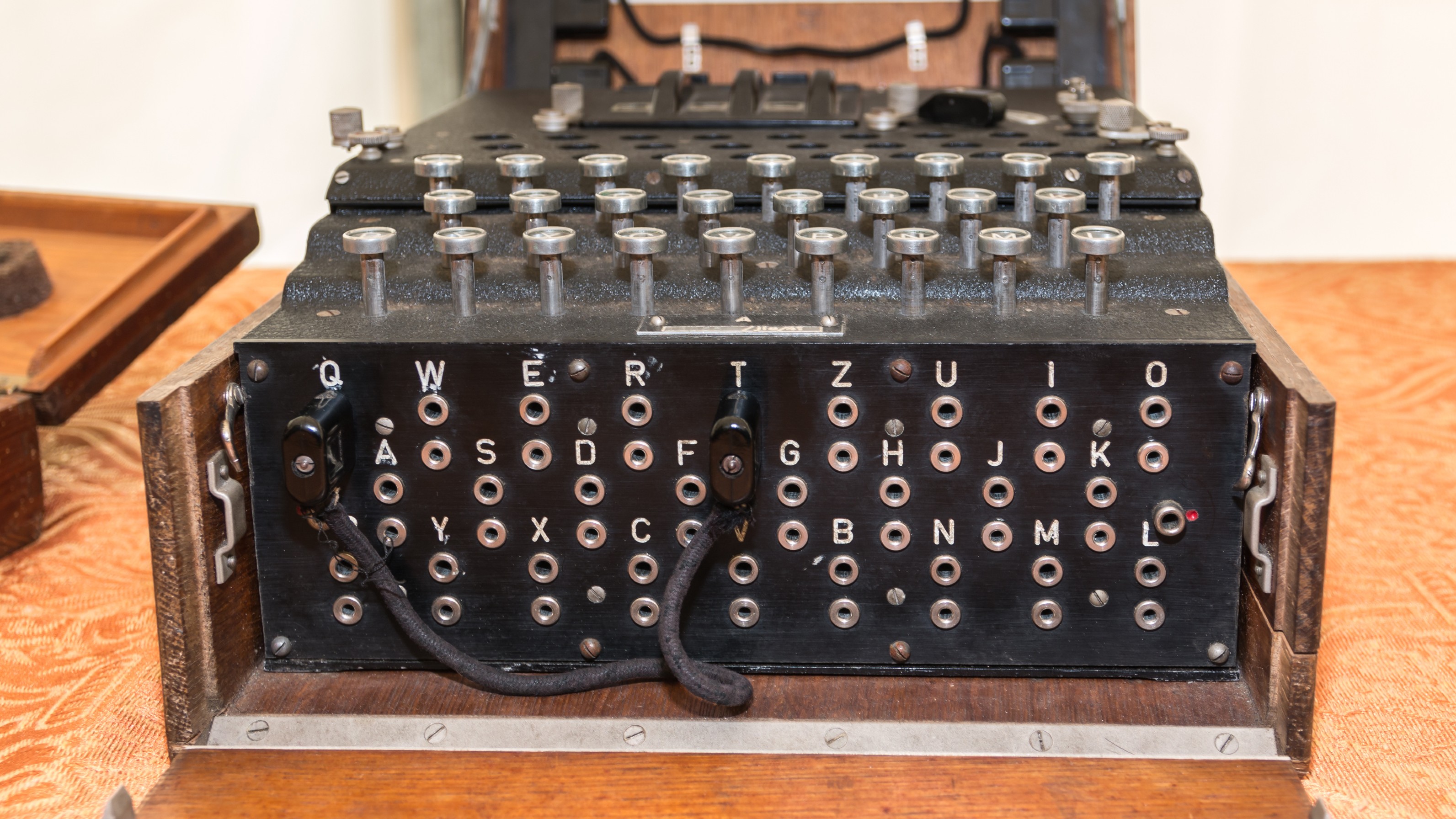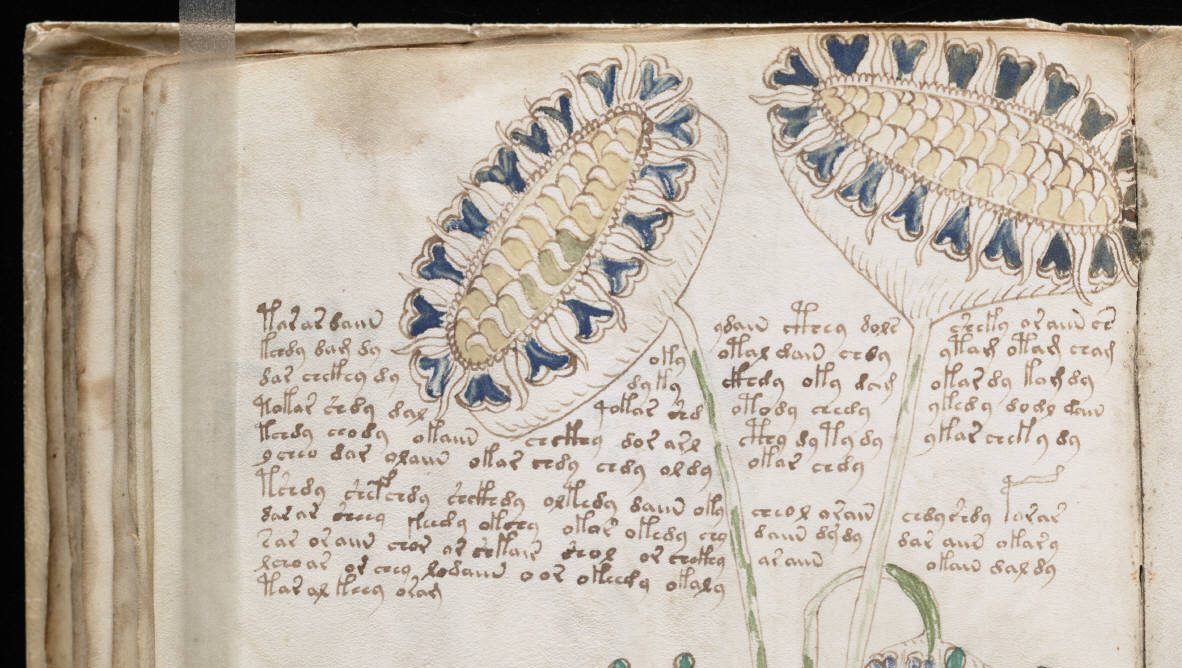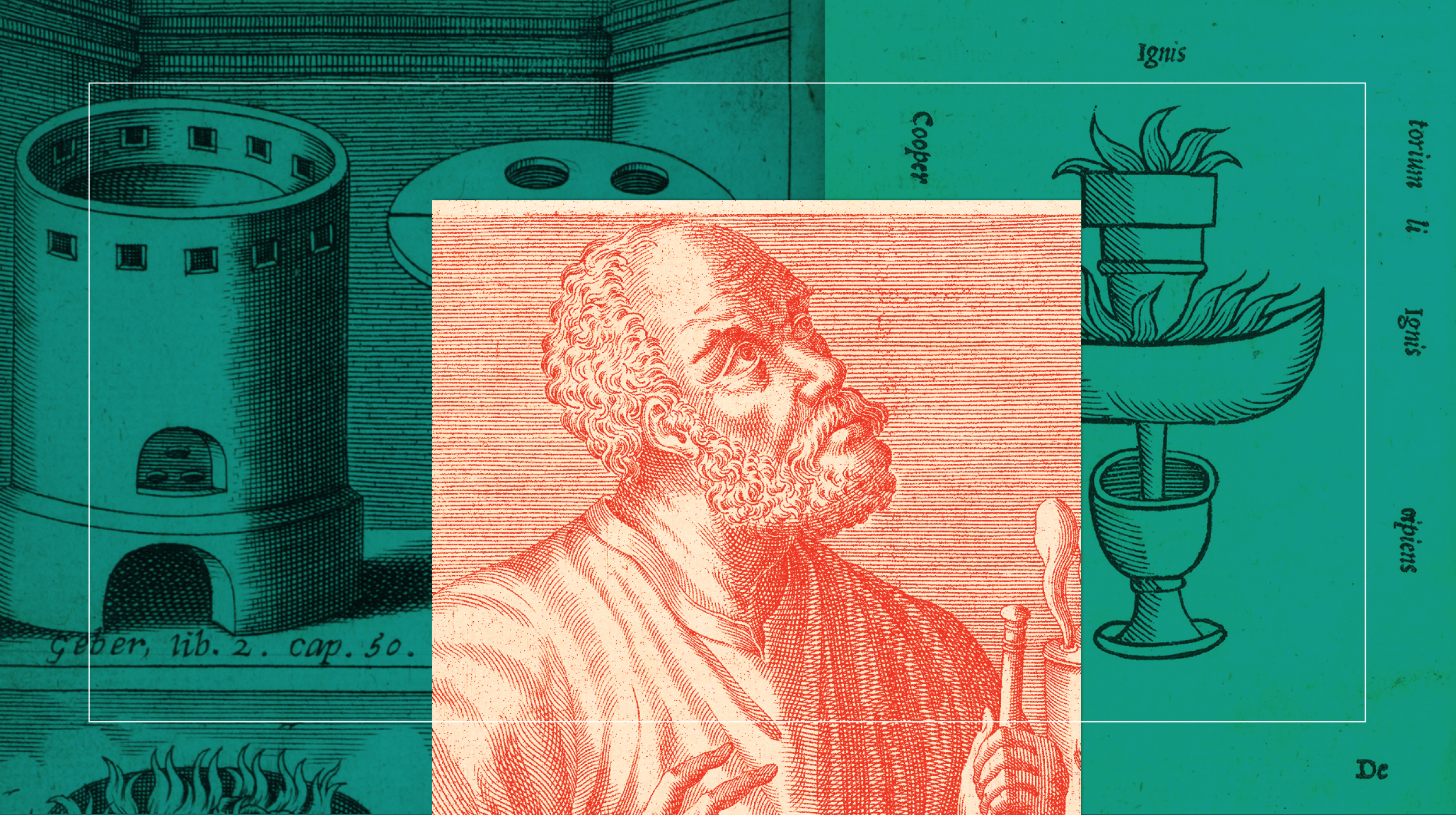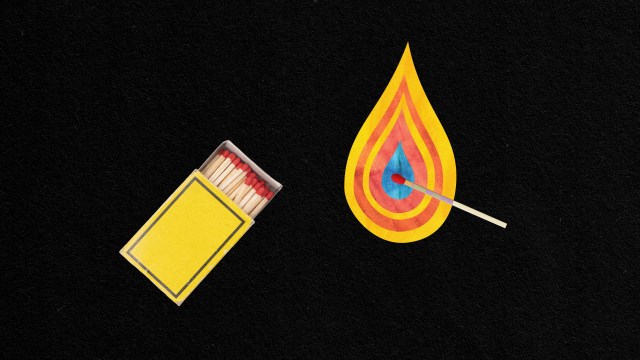The 16th-century codebreaker who wrote secret messages on boiled eggs

Credit: Porta, Giambattista della 1535-1615 / Public domain / Wikimedia Commons
- Polymath nobleman Giambattista della Porta (1535-1615) perfected encoding techniques that are still in use today.
- He also figured out how to smuggle messages into prisons inside unbroken boiled eggs.
- In his book De Furtivis Literarum Notis, della Porta finessed methods of code-making and code-breaking.
A glimmering city of white and ochre, facing a bay of intense blue and in the shadow of the mighty Vesuvius, there was a point when Naples was one of the intellectual and artistic crossroads of the world. Throughout the Renaissance it was home to artists, philosophers, and the earliest scientists. It was a city through which traders from distant lands brought both goods and knowledge. And it was in the 16th century that a young Neapolitan nobleman set out on a lifetime’s quest to enrich the world with greater scientific understanding, and in so doing perfected encoding techniques that are still in use today.
The young man was Giambattista della Porta, who was born into wealth and privilege in 1535. From an early age he was encouraged to acquire knowledge. This meant, firstly, a tour of Europe, with a particular accent on acquiring musical skills. Upon his return to the sun-drenched Bay of Naples, aged 22, he began work on the first of many books; this one being Natural Magic, which despite the title was less to do with magic than with “the perfection of natural philosophy and the highest science.” He introduced it by explaining that “if ever any man labored earnestly to discover the secrets of Nature, it was I; for with all my mind and power, I have turned over the monuments of our ancestors and if they wrote anything that was secret and concealed, that I enrolled in my catalogue of rarities.” These “secrets” included “Of The Causes of Wonderful Things,” “Of Beautifying Women,” “Of Strange Glasses,” “Of Artificial Fires,” and of “Invisible Writing.”
His first rather startling and brilliant contribution to the art of code-making was the ingenious means by which messages might be smuggled to prisoners via eggs. This might sound whimsical, but this was still the time of the Inquisition, and to be suspected of heresy could be hideously dangerous. Secret messages that made it past the most intensive searches could be life-saving for many prisoners kept in dungeons. But how to avoid this stringent security? The method: write the message, using alum or plant dye, onto the shell of an egg. When the egg is dry, hard-boil it and the message on the shell will disappear. The egg could then be taken into the prison in a package of food. When it arrived, all the recipient had to do was peel the shell and they would find the message there, indelibly soaked onto the boiled egg white.
By this stage, in the kingdom of Naples and indeed across the world, the business of ciphers was itself becoming part of a new age of scientific and mathematical enquiry. In an era riven with constant political and religious tension, with bloody conflict always close, codes were ever more vital. The problem was that the more people studied them, the easier they were becoming to crack. When della Porta was not perfecting the camera obscura — the art of using optical lenses to project what was happening outside directly to an interior screen — he was studying the cipher systems set out by Johannes Trithemius and some of the Arab scholars. This led to another book, issued when he was 28 years old, entitled De Furtivis Literarum Notis (“On the Secret Symbols of Letters“) — a compendium of all he had gathered from different societies about secret writing and how different systems were still evolving.
And it was in this that della Porta made his own vast contribution to the technique of devising codes. It was not just about substituting one letter for another, or substituting a letter with a symbol, but also about contriving means by which the codebreakers would be deprived of clues. He was sharp to see the importance of avoiding using the same term twice and, if possible, replacing it with a synonym (e.g., instead of repeating the word “dog,” try “eager canine” the second time you come to use it). Equally he was acute on how one might get a head start on deciphering a message by trying terms that might be expected to be found (for instance, in a military cipher, there could be encrypted versions of words like “soldier” or “general” or “commander” or “attack”). The deciphered word — and the coded letters — could then be used to get a handle on the rest of the cipher.
Della Porta wrote of his own experiences of deciphering, that “if the task sometimes requires unusual concentration and expenditure of time, this concentration should not go on uninterrupted,” for the result of this “excessive pain” and “prolonged mental effort” could be “brain-fog.” Della Porta sometimes spent so much time on codes, he wrote, that “I was not aware of the approach of evening except through the shadows and the falling of the light.”
Under the languorous Naples sun, della Porta formed a prototype scientific society with a group of like-minded men — the Academia Secretorum Naturae — the aim of which, as the title suggested, was to study the “secrets of nature.” Della Porta was assiduous in observing the life cycles of colorful flora and fauna. In fact, he was among the first in the 16th century to see that science had to rely upon objective experiments, where theories could be tested and measured properly. But it was still a fearful age and there were those, especially in the Church, who had a deep unease about such enquiries. They felt that God’s creation was not there to be prodded and tested. Laboratories, for them, had a tang of sulfur and the occult and they believed among those crucibles and flames were the schemes of demons.
And so it was that, before long, della Porta himself attracted the hostile attention of the Inquisition. He might have been bewildered by this frightening development; a polymath and an intellectual he may have been, but he was also a devout Catholic whose faith had never wavered. In the midst of all this, his academic society was banned and his books were withdrawn. He himself was summoned to Rome to see Pope Gregory XIII. And as author David Kahn has suggested, it is perfectly possible that della Porta was prevailed upon to dive into some cryptological work for the papal authorities.
Della Porta lived to the age of 80 and what he bequeathed to the world was a particular approach to secret ingenuity.
As it was, occult suspicions were allayed and he was allowed to pursue his research. Eventually the ban on his books was lifted as well. He joined other natural science societies and, as an adjunct to his interest in codes, he sought to invent what would later be termed a “sympathetic telegraph.” This idea revolved around magnetism, and also around certain notions of that period to do with a mysterious “powder of sympathy” that could supposedly heal battle wounds from great distances. The “sympathetic telegraph” was a hypothetical communication system. The set-up: two circular boxes, each containing magnetized metal dials around which were written all the letters of the alphabet. And in the center, a moveable arrow.
The idea was that the boxes would be magnetized by the same lodestone. Then the arrow on one of the dials would be moved to a letter — and in magnetic sympathy, even at vast distances, the arrow upon the other would also move, and point to the same letter. This was a method by which messages could be conveyed almost instantly, as opposed to waiting for riders on horseback. The properties of magnetism were not yet fully understood, and it still seemed to be partly in the realm of the inexplicable. (Curiously, a parallel can be drawn with some of today’s branches of quantum physics: there are twinned particles that always twitch and move in response to one another, even if millions of miles apart across space — a genuinely breathtaking idea that appears to make a nonsense of the very notion of time).
Della Porta’s work on codes across the years — his cipher discs, with their concentric moving circles of letters and symbols, were things of beauty in their own right — was to be vastly influential. He was instrumental in taking codes far beyond the simple substitution of letters and into the realm where they needed long keys to begin unravelling them. (And while he was doing all this, he also found the time to write about 25 plays). Della Porta lived to the age of 80 and what he bequeathed to the world was a particular approach to secret ingenuity. In the ever more complex web of trade, science, and empire that was to come, his contributions to codebreaking changed the course of communication.





